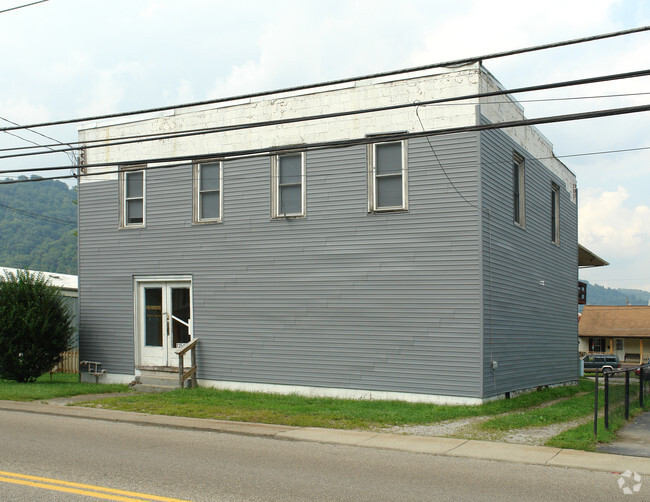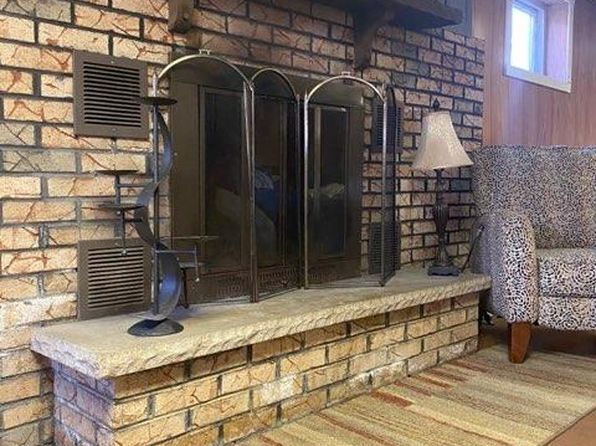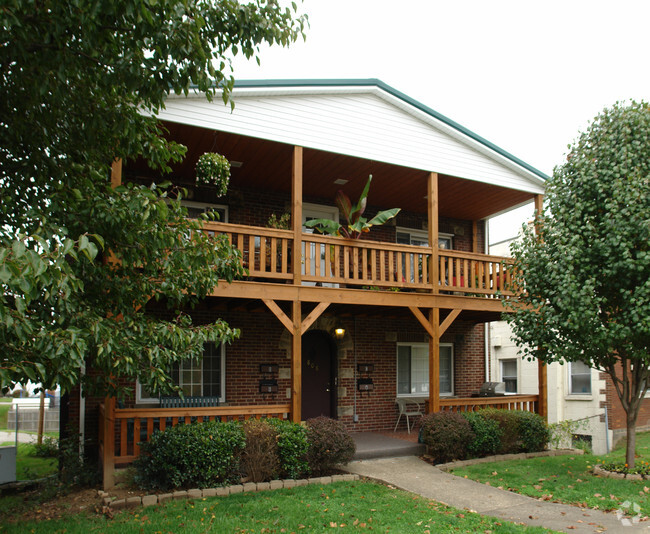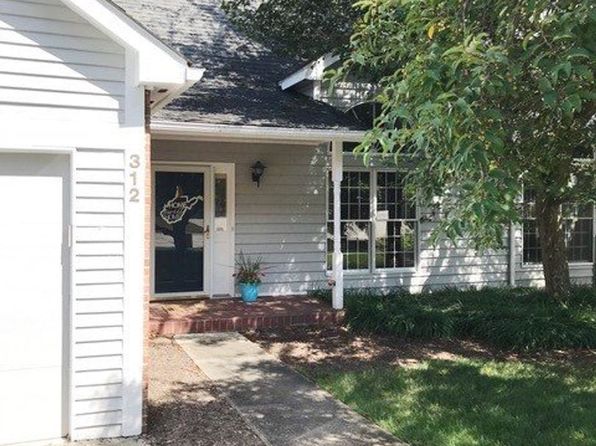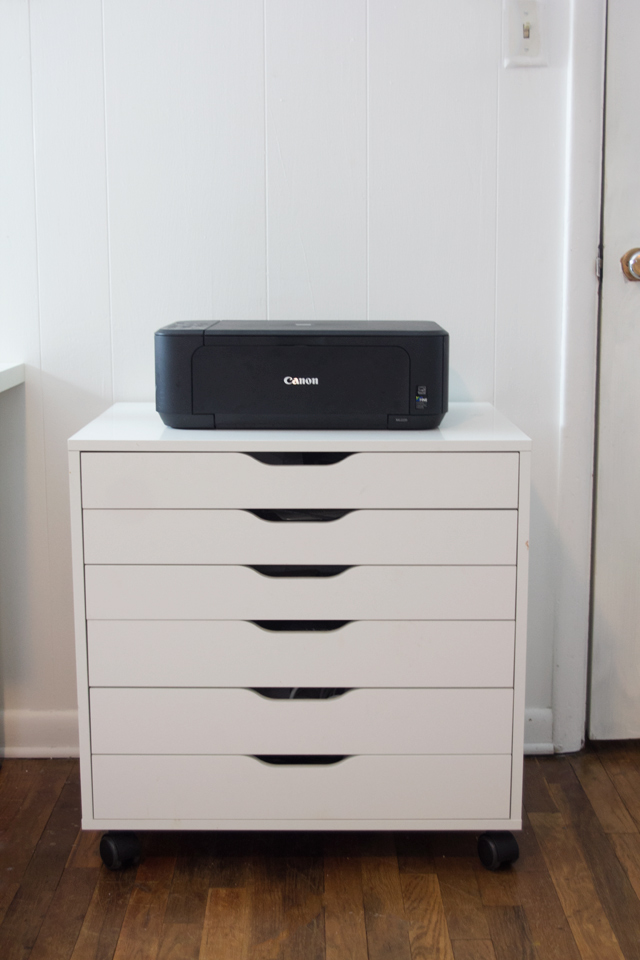Table of Content
Our geothermal ground loops are spread out to catch more heat in deep winter for Lower operating expenses and maintenance. High-capacity ground loops mean better system efficiency, longer equipment life and the lowest operating cost. Our ground loops are designed to fit your property and touch the right amount of earth for year-round efficiency. I installed geothermal 8 years ago and have a 4100 sq ft house with 12 foot ceilings on the ground floor, 10 ft on the second, so there is a lot of space to heat or cool. With the government rebates it paid for itself in about 5 years over oil. For this reason geothermal is more suited to commercial or multi-unit residential projects of substantial size.
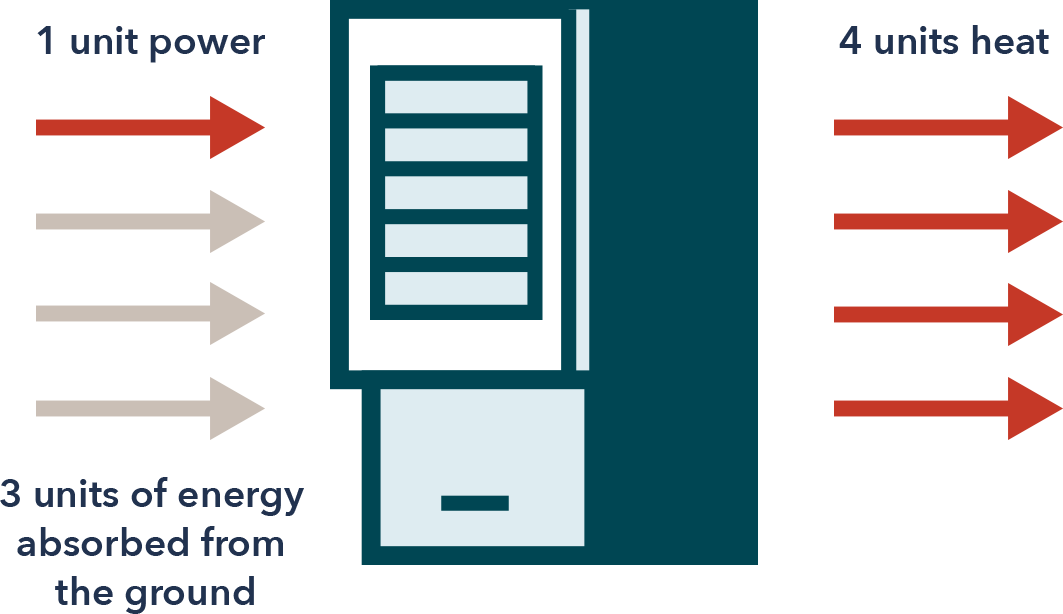
Electricity is also needed for the heat exchange condensers as well as the pumps. Bottom line it has to pay for itself in a reasonable time frame. With the total cost of electricity in 2016 being as high as it was and with future increases for more planned wind turbine farms and fat staffing costs, the calculation did not work. In fact keeping with oil or gas would save you money, or better still burning wood. Currently, the Federal Residential Renewable Energy Tax Credit offers a 26% personal tax credit on all geothermal systems installed through 2022, dropping to 22% at the start of 2023. The outdoor components also need to be inspected, including checking the ground loops for leaks.
How Much Does a Geothermal Heating and Cooling System Cost?
Heat naturally flows in one direction-- from warmer spaces to cooler ones until no temperature difference exists. Geothermal systems require little maintenance and last significantly longer than conventional equipment. Vertical systems do not use much space, so they may be used in homes with smaller yards. Their total cost depends on whether you have existing ducts or not. Updated the introduction with new information, project scopes, and project costs.
A variety of factors contribute to this lack of development, including high upfront investment costs, flat demand, and the risks involved in exploratory drilling all play a role (p. 3). In addition, the 30% federal tax credit towards geothermal system costs, implemented in 2008, expired at the end of 2016. Yet, geothermal energy production is still expanding in the US. The electricity produced from geothermal is expected to quadruple by the year 2040 in the US.
See the Savings From Real-Life Installations
Well drilling – Geothermal well drilling costs $5 to $40 per foot for vertical-system installs. Boreholes are 4” to 8” wide, 100’ to 500’ deep, and spaced 10’ to 20’ apart. Most homes need 3 to 5 boreholes with 300’ to 500’ of piping per ton of system-heating capacity. The geothermal energy tax credit allows homeowners to claim 22% to 26% of the total cost from their federal taxes throughout 2023. This is not a home improvement project that should be done without professional help.
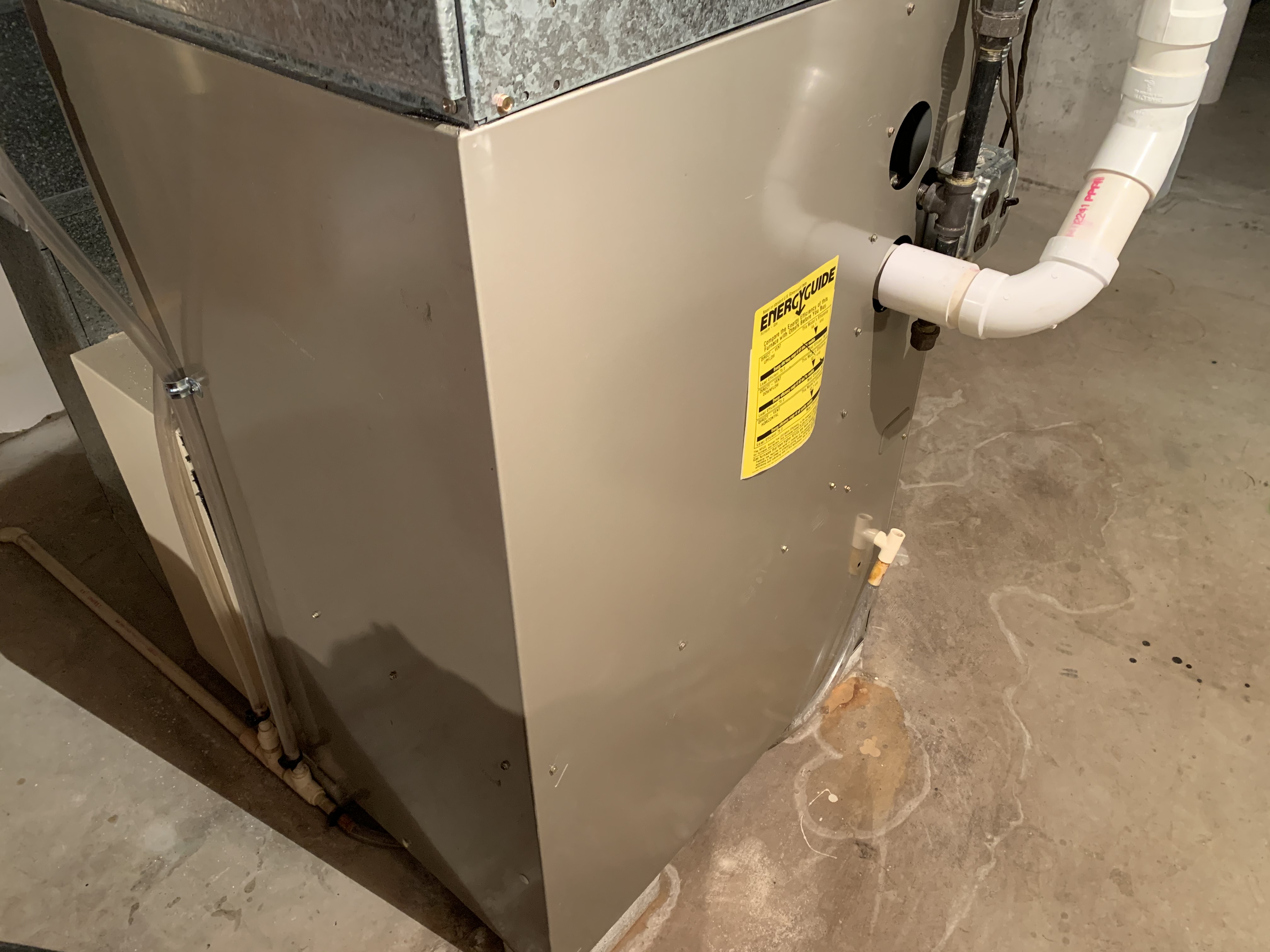
A pond or lake closed loop pond geothermal system costs between $12,000 and $32,000. If you have a pond or lake on your property and it is deep enough to handle the coils placed at least 6 feet below the surface at all times, you can install your system for slightly less money. Pond or lake closed loop systems do not rely on drilling, so you often have lower costs. However, unlike an open loop system, this system uses refrigerant.
Can geothermal heating be installed anywhere?
This means that any type of obstacle involved with an installation can instantly translate to higher costs. The key difference between furnaces and geothermal heat pumps is the heat source being used to warm the home. A typical furnace creates heat by burning oil or gas in its combustion chamber, whereas a geothermal heat pump simply moves heat from the ground that already exists. The first question homeowners generally ask about geothermal heating and cooling systems is how much they cost to install.

It’s 30 to 40% more expensive than installing traditional heating and cooling systems, but before you say no, let’s look at a few facts. Before you start this project, you will need a permit from your local municipality to install this new system. Some types of systems might come with additional regulations to keep in mind. If so, your wait time for your permit can stretch out into months.
It takes precision and expertise to design the system around climate, different soil conditions, and water while factoring in home size and household preferences. A professionally installed system can last decades and drastically cut your energy bills, so it’s worth paying a pro to get it right. Correctly installed, permanent loops require almost no maintenance or replacement for 50-plus years.
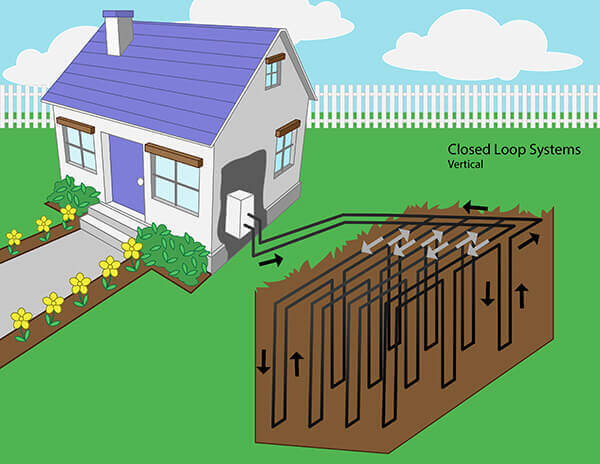
The cost to install the entire geothermal heating system is between $12,000 and $30,000 for most homes, with installation making up roughly $7,000 to $22,000 of that cost. Most heat pumps take at least four to five hours to install. Larger systems may require seven to eight hours of installation labor. It depends on your property and the complexity of the system, so your installer can give you a better estimate of the expected timeline and costs.
During the summer, heat flows from the warmer outdoors into the cooler indoors. In addition, air can inadvertently enter and escape through a home’s cracks, crevices, and openings, especially around doors and window frames. The ground loop itself is sealed and requires no maintenance. The pipes are made of an inert and extremely durable material—the ground loop will probably outlast your home. A furnace consumes a very small amount of electricity to power the fan, and other minor electrical components, but most of the energy added by a furnace is through combustion.
But that’s not the only reason why geothermal systems last a long time. No combustion (fire!) within the unit means no flame related wear-and-tear and more moderate temperatures within the equipment, protecting from internal extremes. When you purchase your heat pump, the area where you plan to install it may influence the type of system. If the area is easy to access and has room for the entire unit in one space, two heat exchangers and a compressor, then purchase a packaged unit. This is less expensive and easier to install because the entire unit comes together, factory welded.
You can reduce that cost to just $11,500 after the current 30% federal tax credit rebate . Geothermal heat pumps offer homeowners a clean and efficient heating and cooling option. While the initial costs are higher than those for traditional HVAC systems, energy savings can eventually offset the installation price. Deciding to heat their home with a geothermal pump can be a difficult step for homeowners to take, given the average installation cost of $12,708,.
The federal tax credit for geothermal systems is 26% throughout 2022 and decreases to 22% in 2023. The tax credit disappears from 2024 onwards unless reinstated by the government. Geothermal systems don’t have to work harder based on extreme outdoor air temperatures like other heating and cooling systems do.







